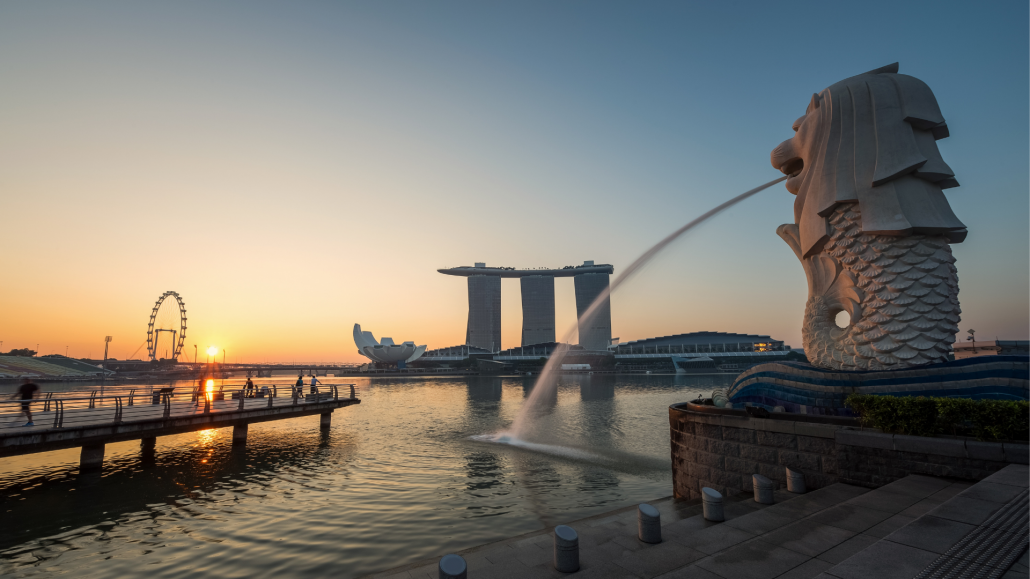How will low-lying Singapore’s built environment survive rising seas?
By: Robin Hicks
Rising sea levels is a problem that the heavily urbanised city-state, like Singapore, is taking very seriously. By 2100, the sea level around Singapore will be about a metre higher than it is now, according to projections from Singapore’s National Climate Change Secretariat.
Climate Central examined the implications of different global warming scenarios of 1.5, 2, 3 and 4 degrees Celsius by 2100, and found that carbon emissions causing 4°C of warming could cause Singapore’s median local sea level to rise by 9.5 metres, submerging 745,000 homes.
The obvious place to start is to lift buildings further above sea level. “This will mean completely changing how we design road and urban infrastructure,” said architect Tan Szue Hann.
Singapore has lost much of its natural ability to absorb water and is left with only about 3 per cent forest cover; only 0.5 per cent of the 70 square kilometre city-state is covered by primary forests, around the country’s water-critical reservoirs.
Though the country has spent billions on tree-planting to keep faith with the “garden city” vision of former prime minister Lee Kuan Yew, much of the “sponge effect” of forests has been lost to concrete.



 Markus Spiske
Markus Spiske